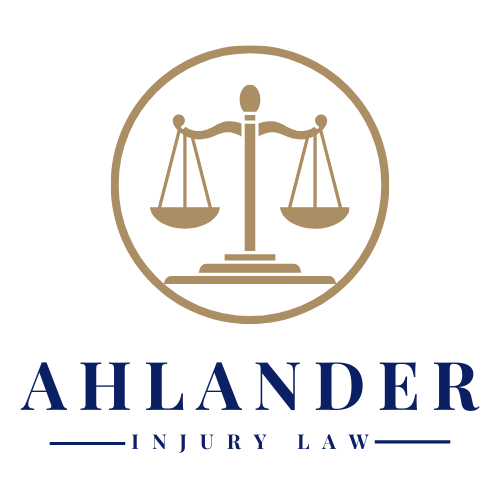Dog Bite Legal Advice: When Your Dog Bites Another Dog
Dogs are considered man’s best friend for a reason: They’re loyal, loving, and will do anything they can to keep their families safe. Unfortunately, accidents happen, and dogs can interpret certain incidents as threats even when they’re not.
If your dog bites another dog, you could be liable for the damages. So, what should you do if your dog injures another dog? Do you really need to get dog bite legal advice as soon as possible?
The answer is, unequivocally, yes.
It’s Always Best to Contact an Attorney
If your dog bites another dog, the best thing you can do is contact an experienced attorney. They’ll be able to give you detailed dog bite legal advice to help you get your life back to normal.
Remember, your dog’s behavior is your responsibility. If they bite another dog, you can bet that the other dog’s owner will do what they can to place the blame on you. The sooner you can get legal advice, the better off you’ll be and the better prepared you’ll be for any dog bite legal action that might result from the incident.
They Can Help With Insurance Companies
With most dog bite incidents, you’ll want to file a claim with your homeowners’ insurance policy. Almost every insurance policy includes a form of general liability coverage. This coverage will help you cover the cost of the other dog’s medical bills and any other expenses associated with treating the dog bite injury.
However, insurance providers can be notoriously difficult to work with. Your attorney will be able to represent your interests with the insurance provider so they can process the claim as soon as possible. The sooner the claim gets processed, the sooner you’ll be able to get your life back to normal.
They May Help Prove Liability (or Disprove It)
Dog bites happen quickly and figuring out which dog provoked the incident and which owner is responsible for dog bites is the first step in any dog bite legal action . Hiring an attorney can make it easier to prove liability—or disprove it, as the case may be.
A skilled attorney will have worked on cases similar to yours in the past. This means they’ll have the right experience to help determine who is at fault or identify factors that may make your dog less responsible for the bite itself.
For example, if your dog bit another dog on your property, your attorney may be able to illustrate that your dog was just defending its territory. The other dog (that should have been under its owner’s control) trespassed and thus, your dog may not be responsible for the injury.
If your dog bit another in a public area, they’ll be able to review the circumstances and help you navigate the liability more clearly.
They’ll Act as a Liaison
Emotions can run high when family pets are involved. Experienced attorneys know that there’s more to each case than simply providing you with dog bite legal advice . They’re also responsible for helping keep things calm.
They’ll be able to communicate with the other dog owner and their legal team on your behalf. That means you won’t have to worry about getting into yelling matches or dealing with an irate owner on your own.
What You Should Do If Your Dog Bites Another Dog
The first thing you should do after your dog bites another dog is to exchange the necessary information with the other dog owner. Give them your phone number and insurance information. Then, go straight to your veterinarian and let them make sure your dog didn’t get hurt in the altercation.
If they did, keep a copy of the veterinary report. This can come in handy when dealing with a dog bite legal action or lawsuit.
After you make sure your dog is okay, write down what you remember from the incident. Log as many details as you can. Then, schedule a consultation with a dog bite attorney. They’ll review the information you give them to help you decide if you have a case or if you’re fully responsible for the incident.
It’s Up to You to Keep Your Dog Safe
Ultimately, it’s up to you to keep your dog safe. This means keeping them on a leash, going to training classes, and paying attention to your dog’s body language when you’re out and about. As long as you’re vigilant and willing to put in the work, you’ll be able to keep your dog from getting into altercations with other pets.
When in Doubt, Get Legal Help
If your dog bites another dog, don’t leave things up to chance. If you’re in the Las Vegas area, contact us today at Ahlander Injury Law and get the dog bite legal advice you need to protect yourself, your pet, and your wallet.
The post Dog Bite Legal Advice: When Your Dog Bites Another Dog appeared first on Ahlander Injury Law.





